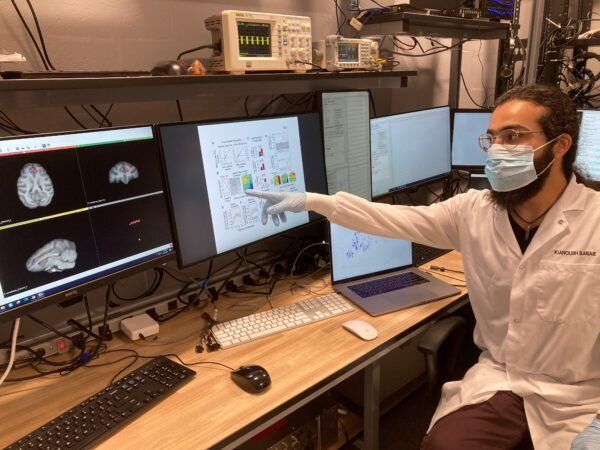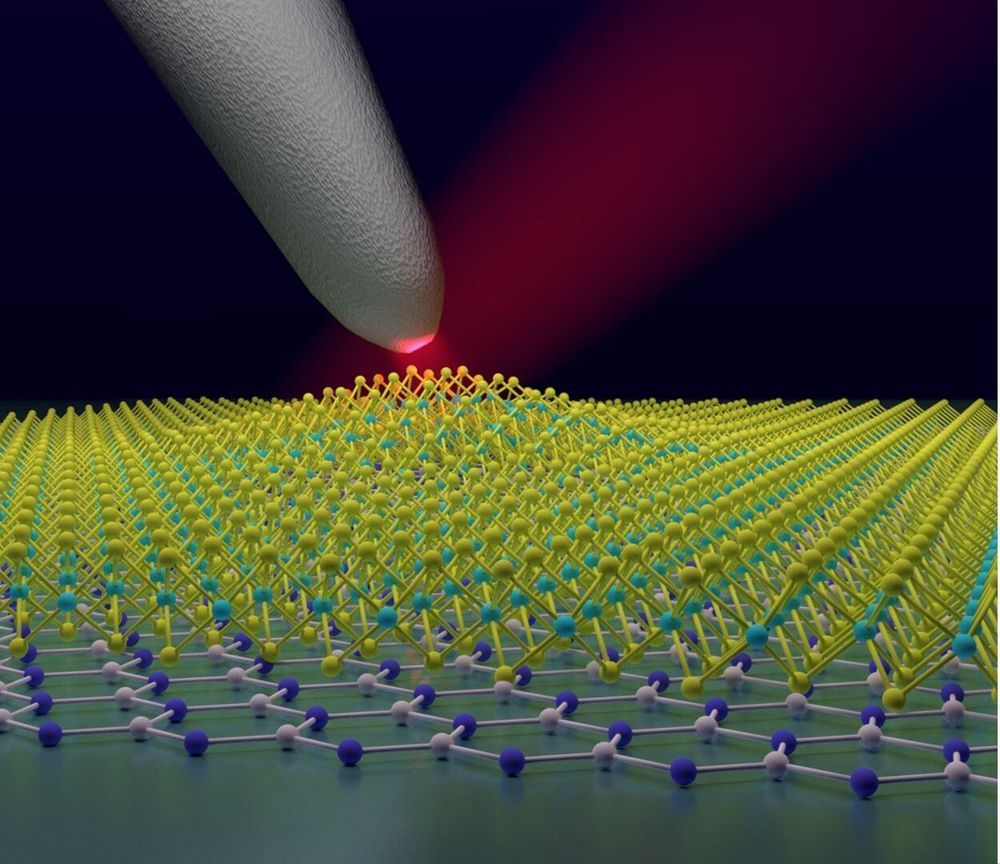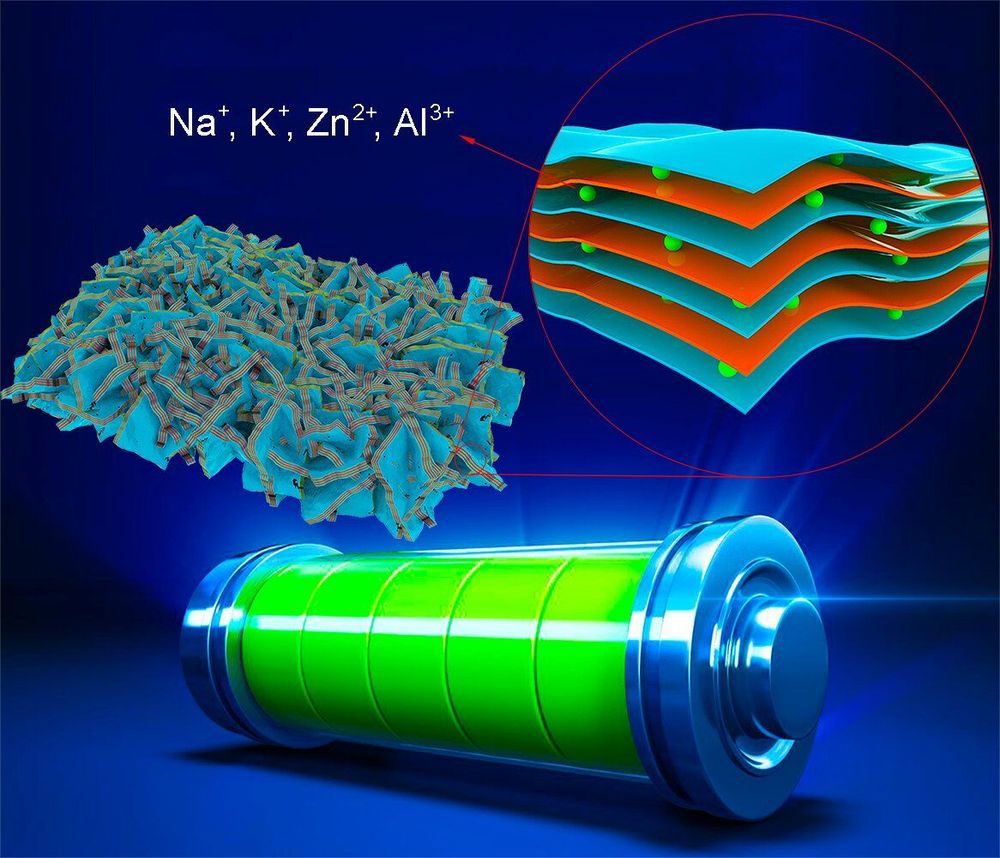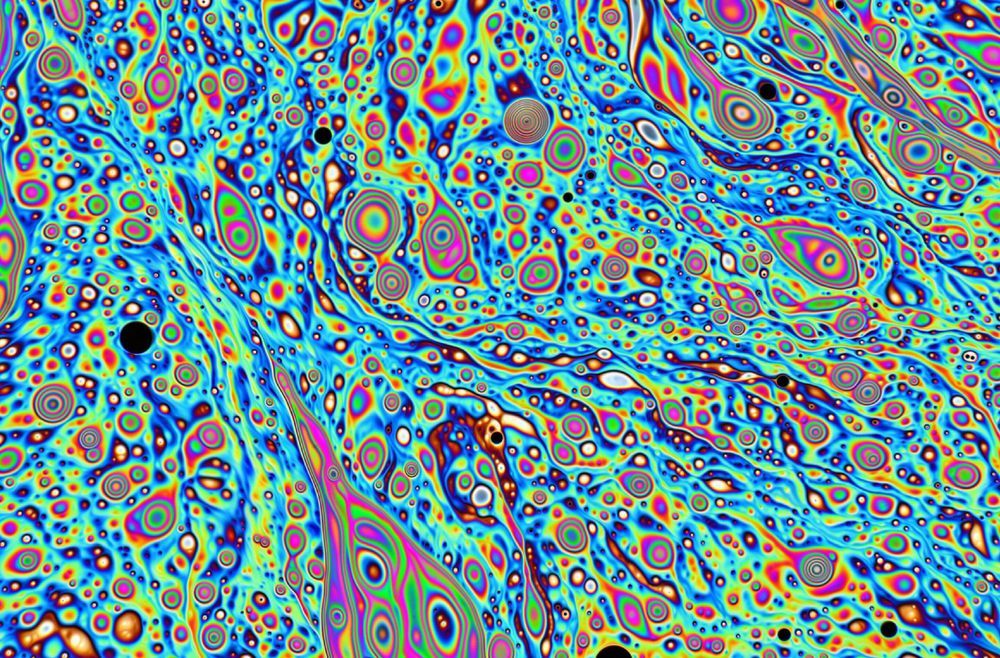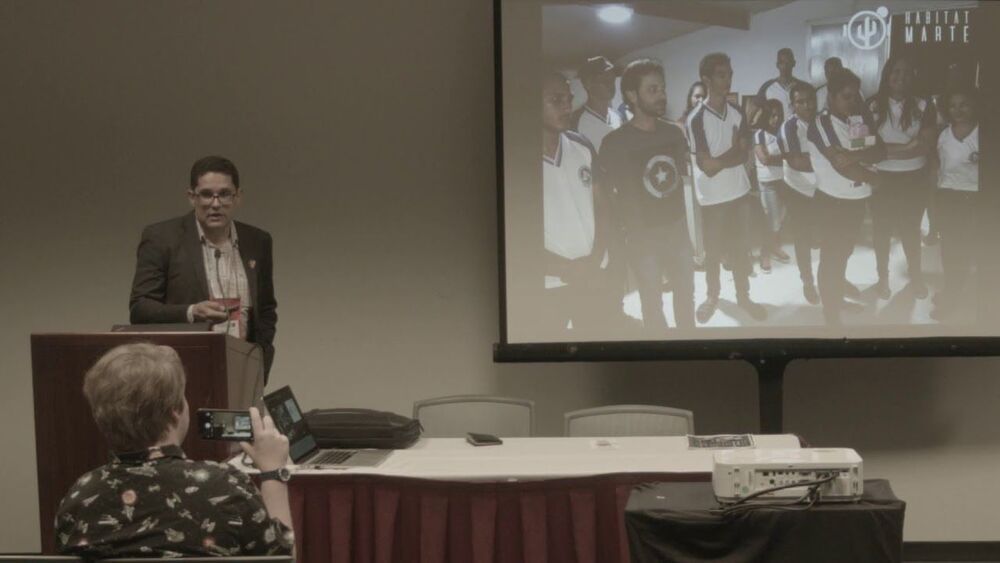Jul 17, 2020
More Details On NASA’s VERITAS Mission, Which Could Go to Venus
Posted by Genevieve Klien in categories: alien life, engineering, satellites
Venus has always been a bit of the odd stepchild in the solar system. It’s similarities to Earth are uncanny: roughly the same size, mass, and distance from the sun. But the development paths the two planets ended up taking were very different, with one being the birthplace of all life as we know it, and the other becoming a cloud-covered, highly pressurized version of hell. That cloud cover, which is partially made up of sulfuric acid, has also given the planet an air of mystery. So much so that astronomers in the early 20th century speculated that there could be dinosaurs roaming about on the surface.
Some of that mystery will melt away if a team from NASA’s Jet Propulsion Laboratory gets a chance to launch their newest idea for a mission to the planet, the Venus Emissivity, Radio Science, InSAR, Topograph, and Spectroscopy (or VERITAS) mission.
Continue reading “More Details On NASA’s VERITAS Mission, Which Could Go to Venus” »


